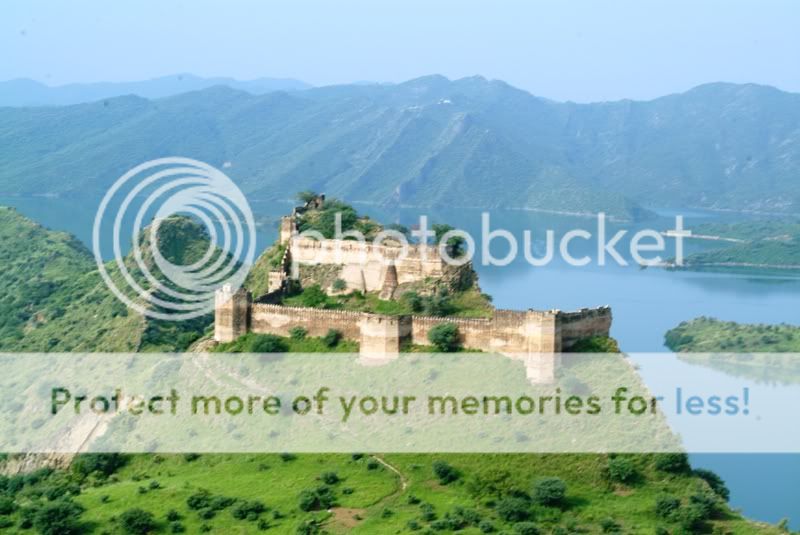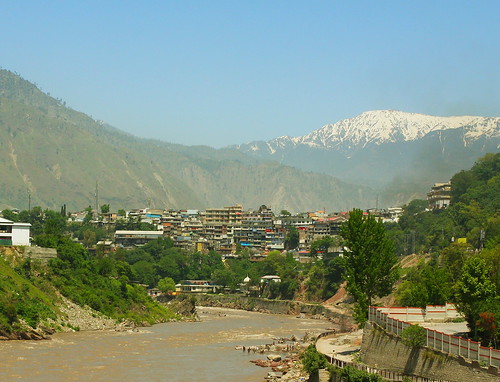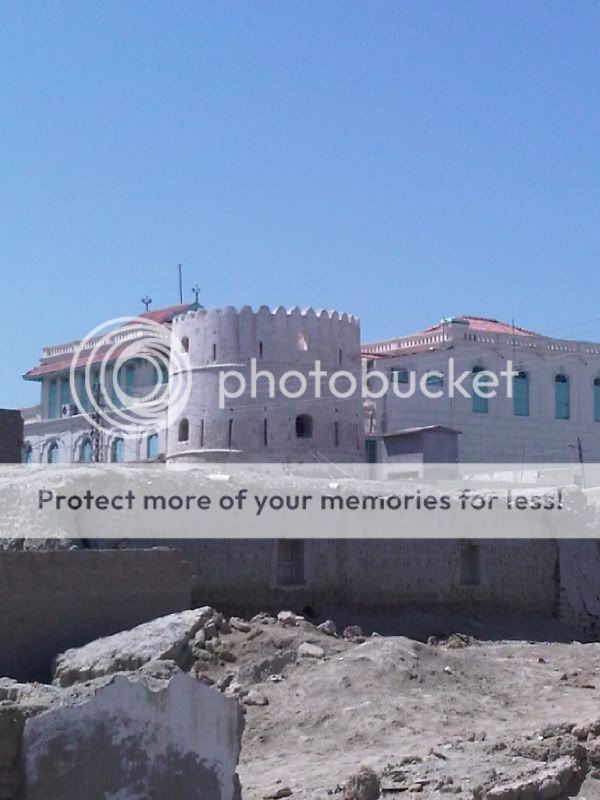Hello All, this is another attempt to show the beautiful historical places of Pakistan. Pakistan does not only have beautiful valleys, lakes, and rivers to attract the tourism. Also has beautiful architectures.
Ps: all the information about the places and the buildings are collected from different websites.
--------------
In 1927, Shivratan Mohatta, a successful Marwari entrepreneur, commissioned a palatial house in the affluent seaside neighbourhood of Clifton. The architect commissioned for the assignment was Ahmed Hussein Agha, one of the first Muslim architects of India. He came from Jaipur to take up the assignment.
"Working in a Mughal revival style with a combination of locally available yellow Gizri stone and pink stone from Jodhpur, he sought to recreate the Anglo-Mughal palaces of the Rajput princes."*
------
The Badshahi Mosque (بادشاھی مسجد) or "Emperor's Mosque" was built in 1673 by the Mughal Emperor Aurangzeb in Lahore, Pakistan. It is one of the city's best known landmarks and a
major tourist attraction epitomising the beauty and grandeur of the Mughal era.
Capable of accommodating over 55,000 worshippers, Badshahi is the second largest mosque in Pakistan.
--------
Islamia College Peshawar, the symbol of academic excellence is rich in history. Its building, which is the best embodiment of Muslim civilization in south Asia and its lush green lawns attract visitors from all over the country and abroad. It is not only the culminating point of the Aligarh Movement, it is in fact the beautiful combination of Aligarh and Deoband Schools of Thought. Being the breeding ground of the Pashtun intelligentsia, this great seat of learning is the place, where diamonds are skimmed since 1913. Moreover, Islamia College Peshawar was destined to become mother institution of the three universities and several colleges on its campus. The credit of this goes to Sir Sahibzada Abdul Qayyum, who is commonly called The Sir Sayyed of the Frontier and his sincere colleagues, who founded Islamia College Peshawar in 1913.
----------
The Lahore Fort (Shahi Qila) in Lahore, Pakistan is a large complex of fortifications, marble mosques and palaces built by Mughal Emperor Akbar, known as Akbar the Great. Whilst there were buildings and fortifications on the site since the eleventh century and even before, it was under Akbar the Great that the current fort flourished.
In the sixteenth century, Lahore became Akbar’s capital and, in circa 1580 he established the Lahore Fort as it is known today. Since his reign, successive leaders have made their mark on the fort including Shah Jahan’s seventeenth century Crystal Palace or “Shish Mahal”. However, despite all of the renovations and additions to the Lahore Fort, Akbar’s work can generally be distinguished as the red brick constructions.
--------
Noor Mahal the italian style palace of the fifth ruler of Bahawalpur State, Nawab Sir Muhammad Sadiq, is the latest monument in the Punjab to be notified under the Antiquities Act.Completed in AD 1874, one of the most exquisite buildings in the state.
Noor Mahal was was built in 1872 like an Italian chateau on neoclassical lines, at a time when modernism had set in. It belonged to the Nawab of , bahawalpur state during British Raj.
-------
The Wazir Khan Mosque in Lahore, Pakistan, is famous for its extensive tile work and frescos. It was built in seven years starting around 1634–1635 AD during the reign of the Mughal Emperor Shah Jehan. Shaikh Ilm-ud-din Ansari, a native of Chiniot who rose to be the court physician to Shah Jahan and the governor of Lahore . He was commonly known as as Wazir Khan (the word wazir means ‘minister’ in Urdu) and thus the mosque came to be known as the Wazir Khan Mosque. The mosque is inside the old walled city and is easiest accessed from Delhi Gate.
------
Faiz Mahal is another Mughlia architectural classic, sited in Sindh Province, Pakistan. It was built in 1798 as the palace of the Talpur family in Khairpur Mirs. The current descendant of the Talpur family, Mir Ali Murad Khan Talpur, who acceded to the Pakistani state in 1956, is an environmentalist and has to his credit an extraordinary flora and fauna safe haven called the Mehrano, notorious for its black buck, and hog deer, both of which have turn out to be rare in Sindh, Pakistan.
------
Faisal Mosque:The Faisal Mosque in Islamabad is the largest mosque in Pakistan and South Asia. King Faisal bin Abdul Aziz of Saudi Arabia both suggested in 1966 and largely funded. the Faisal Mosque which is named in his honor. ever since its conception the mosque has been regarded as the national Mosque of Pakistan. and as such it symbolizes the hopes and aspiration of the new nation. The architect was Vedt Daloky of Turkey whose design was chosen in 1969 after an international competition.
-
@WebMaster @Horus @WAJsal @Gufi @Syed.Ali.Haider @Khafee @Neutron











































